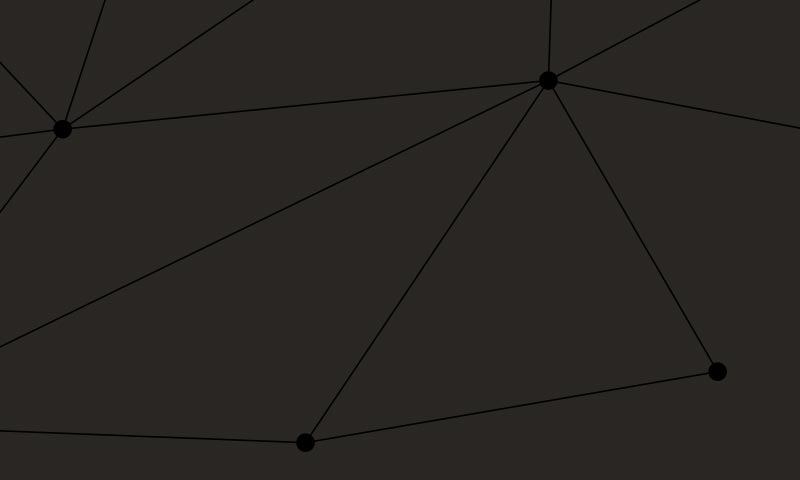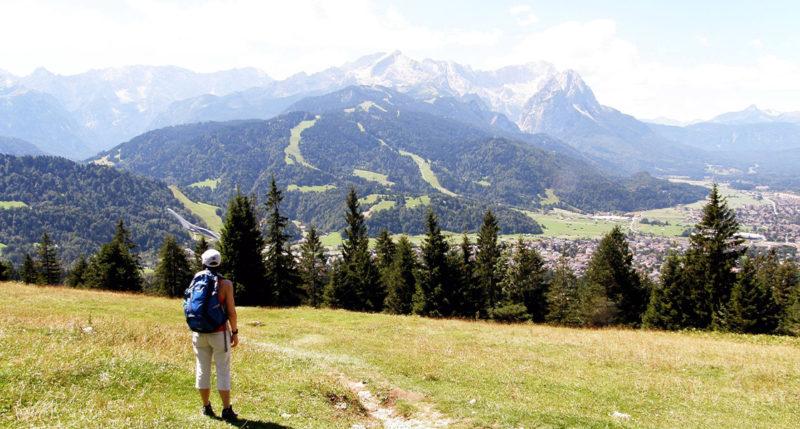
2 weeks ago I had a chance to attend the Institute of Functional Medicine’s annual international conference in San Diego, where the theme was innovative movement and restorative strategies. Firstbeat’s Lifestyle Assessment was a good fit to this theme and it was a great opportunity to discuss lifestyle and wellness strategies with professionals from different fields. The conference offered tools for and lectures about stress management, resilience, recovery and sleep, and participants could walk away with fresh ideas for their own personal and professional wellness toolkits.
Always the enthusiastic guinea pig, I ended up doing a small test with one such tool, a Spoonk acupressure massage mat.
We discussed how Firstbeat Lifestyle Assessment visualizes activities that promote recovery, via increased parasympathetic activation and heart rate variability (HRV), and they gave me a mat to test at the end of a long conference day, to see how my physiology reacts to it. I wore the Bodyguard monitor all day, including busy conference set-up, my own presentation and an afternoon of meeting people at the stand. At the end of a day like this, physiological recovery is not a sure thing. Sometimes the wheels just keep spinning even when the action stops; I’ve seen this countless times both in my personal measurements and with busy Lifestyle Assessment clients. So I was very interested to see the result! By this time, I had had 2.5 days to get over the jetlag (10-hr time difference), so I felt that the data represents a reasonably normal situation for me.
Below my Lifestyle Assessment graph from the conference day, together with an RMSSD graph, which indicates the amount of HRV and parasympathetic activation (higher value = higher HRV = sign of recovery). The red color is a normal awake state for me, meaning that I was in a sympathetically dominant, active state, performing and meeting various challenges as part of the conference day. A slight increase in stress level and heart rate and a dip in HRV can be seen about 10.15 am, when I was giving a speech. My body shortly switched to a parasympathetically dominant recovery state just before 3 pm, when instead of talking to people on the stand, I sat down to listen to an interesting lecture (see the green color and rise in HRV). A more noticeable switch in my physiological state can be seen just after 5 pm, when I went to my room and laid down on the mat for 20 minutes. My heart rate drops and the red color switches to a very solid green and HRV peaks noticeably. I was not asleep, just laying down and relaxing with the acupressure mat under my back and shoulders. After slight initial discomfort I didn’t feel the mat much and my subjective feeling was very pleasant and relaxed.
Of course I have no way of knowing how well I would have recovered by simply laying down, without any recovery tools, but from experience I know that it’s not always easy for me to quickly calm down after a busy day. My curiosity awoke and I wanted to experiment some more. I repeated the test 2 days after I’d travelled back to Finland, on a Saturday. The response is similar, a very significant increase in HRV and decrease in heart rate quickly after laying down, and the otherwise dominant red color changes to green, indicating a healthy parasympathetic response. One more test the next day – and I went 3 for 3 for a strong recovery response on the acupressure mat.
I don’t think that there is one superior method – a philosopher’s stone – to help people relax, and I certainly cannot conclude that an acupressure mat is “the way to go”. More research on the topic is warranted, and different things work for different people. However, seeing the response is a good insight and reminder that it’s worthwhile to experiment with different things to find out what works. Certainly for someone like me, whose HRV is usually fairly low (most likely a genetic component) and whose default state during the day is sympathetic dominance. We come to accept stress as a normal part of life – and in reasonable amounts, it surely is that – but everyone needs the down time too.
There is increasing evidence that it’s healthy for us – for the heart, the body and the mind – to activate the parasympathetic system and increase our HRV, as a counter attack against the inevitable fight state that many of us live a large portion of our days in. HRV can be said to reflect our in-the-moment ability to handle physical, emotional and mental stress, sort of our adaptive reserves for better coping. So, without making any commercial endorsements for specific products, I do recommend testing different methods and tools (healthy doping!) to see what works and might just make the transition from stress to recovery during the day a bit easier. The most important step – and sometimes the toughest – might actually be learning to prioritize the time for a daily recharging break – and give ourselves the permission to take it.
Do you want to know how even small changes can increase your recovery levels?
You might also be interested in


Top 5 Tips for Charging Your Batteries and Recovering During the Summer
There is more to a vacation than closing the office door and plugging in the personal re-charger. Here’s our TOP 5 list of things to remember on a vacation.

Reflection on My Dry January: Did It Make a Difference?
In Finland, 20-30% of adults take part in alcohol-free January. I decided to test this myself, collect some data and see how an alcohol-free month affects me. Would I notice some benefits, such as increased energy, better sleep, or even improved heart rate variability (HRV) during sleep?





